The Company of Selkirk Vintners seeks new members
Photo : The Company of Selkirk Vintners’ Master Vintager, Dr. Peter Wood (left), and Master Vintner Ben Thor-Larsen (right) recently met at Selkirk College’s Castlegar Campus to prune the grapevines. The company has been growing grapes at the campus and producing wine for over 35 years and is actively seeking new members.
A little taste of history continues to be harvested annually at Selkirk College’s Castlegar Campus through the work and dedication of a small group of aging members of the Selkirk Vintners. The Company has been growing grapes at the campus and producing wine for over 35 years. However, things may start to ‘wilt’ if more members are not recruited to help continue this longstanding tradition.
The Worshipful Company of Selkirk Vintners started in 1972 with a group that took a Continuing Education course from George Dubokovic. At the time, Dubokovic was a language instructor at the college. Besides his language degrees, he also had a degree in Agriculture and a family history of growing grapes and wine-making in Dalmatia, a historical region of Croatia.
The course he taught was called “Oenology and The History of Wine Making”. From this enjoyable beginning, the students (about 25) and their instructor, decided (with permission from College Administration) to plant grapes in the then rather unfinished college courtyards and in other areas around the Castlegar Campus. George had already planted three trial Seibel vines against the wall by the Staff Lounge patio in about 1970. Two of these still produced grapes in 2009.
“We tried to grow grapes on the north facing slope behind the maintenance building,” explains Master Vintager (in charge of the vineyards and vines), retired Biology Instructor and Distinguished Educator of Selkirk College, Dr. Peter Wood. “But it became too much work for our membership and it was very difficult to keep out the animals (bears, deer and migrating bird flocks) before harvest time. Controlling weeds without herbicides was also too labour intensive for us, so today the majority of the grapes are grown in the protected areas of the Castlegar Campus courtyards.”
On an annual basis, the Vintners harvest approximately 30 cases, or two small pick-up trucks loads of grapes of the Marechal Foch, Pinot Noir, Seibel and Riesling varieties. The Company owns all of the equipment necessary to make the wine, including a grape crusher, primary fermenters, an oak barrel and several large glass carboys for the secondary fermentation.
Master Vintner, Ben Thor-Larsen, is in charge of the care of the developing wines and their quality. “We have been donating bottles of wine to college and community functions for over 35 years,” says Ben. “This has included the Selkirk College Gala’s Silent Auction and gifting the Governor General of Canada, among many other distinguished visitors to Selkirk over the years…the list is big. The wine is of good quality and everyone seems to enjoy it.”
[page 1 of 2]
While the Company of Selkirk Vintners continues to do the work necessary to make the wine, its numbers are dwindling. The original group of 25 members is now down to an actively- participating group of about eight. The Company is seeking new members to join in and help continue the Selkirk tradition of cooperative grape growing and wine making. One which has provided an ongoing opportunity for people from all walks of life from the college region to work together and share an agricultural experience indoors and out. The Company considers itself to be among the friends of the Castlegar Campus grounds and environment. Care for the courtyards has been largely their responsibility since the 1970s.
“Among the perks of being a Vintner of course, is that we each get to take home about three gallons of wine at the completion of a given year’s cycle and we have many very enjoyable times together throughout the entire process,” says Dr. Wood.
Over the course of a year, members of the Vintners each need to contribute about the equivalent of ten days of their time and energy for work in the vineyards. This is spent pruning, tying, training and spraying in the spring and summer, and netting, picking and processing the grapes and wine in the fall. Bottling and distribution of the wines takes place in late spring of the year following the harvest. The whole activity is a great opportunity to learn, create life-long contacts and friends and be a part of local history and help continue what is now almost a forty-year tradition in viticulture and oenology at Selkirk College.
For those interested in becoming a member of the Selkirk Vintners, please contact Dr. Peter Wood at 250-359-7107 or apwood@shaw.ca and he’ll be happy to include you in the “call out” list for upcoming work-bees.



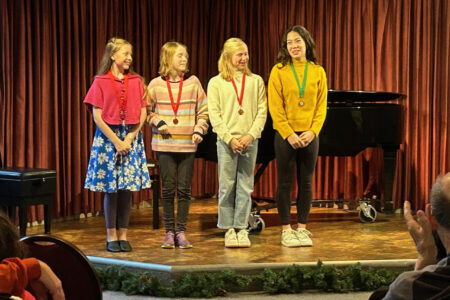
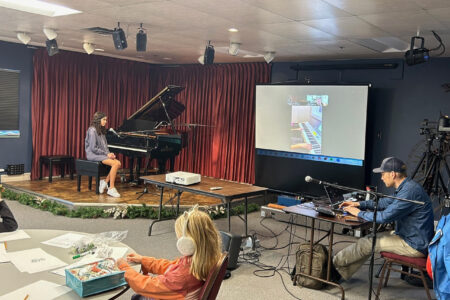
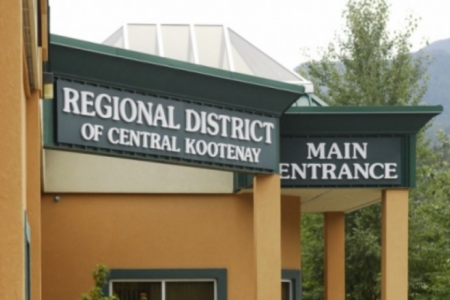
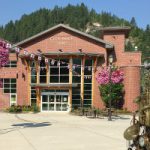









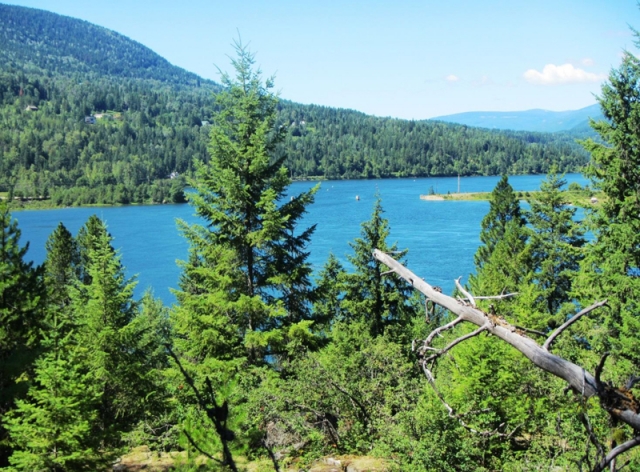









Comments